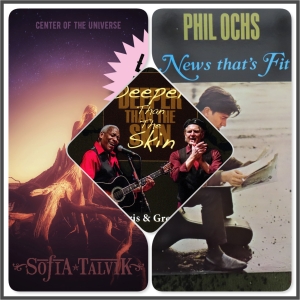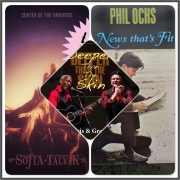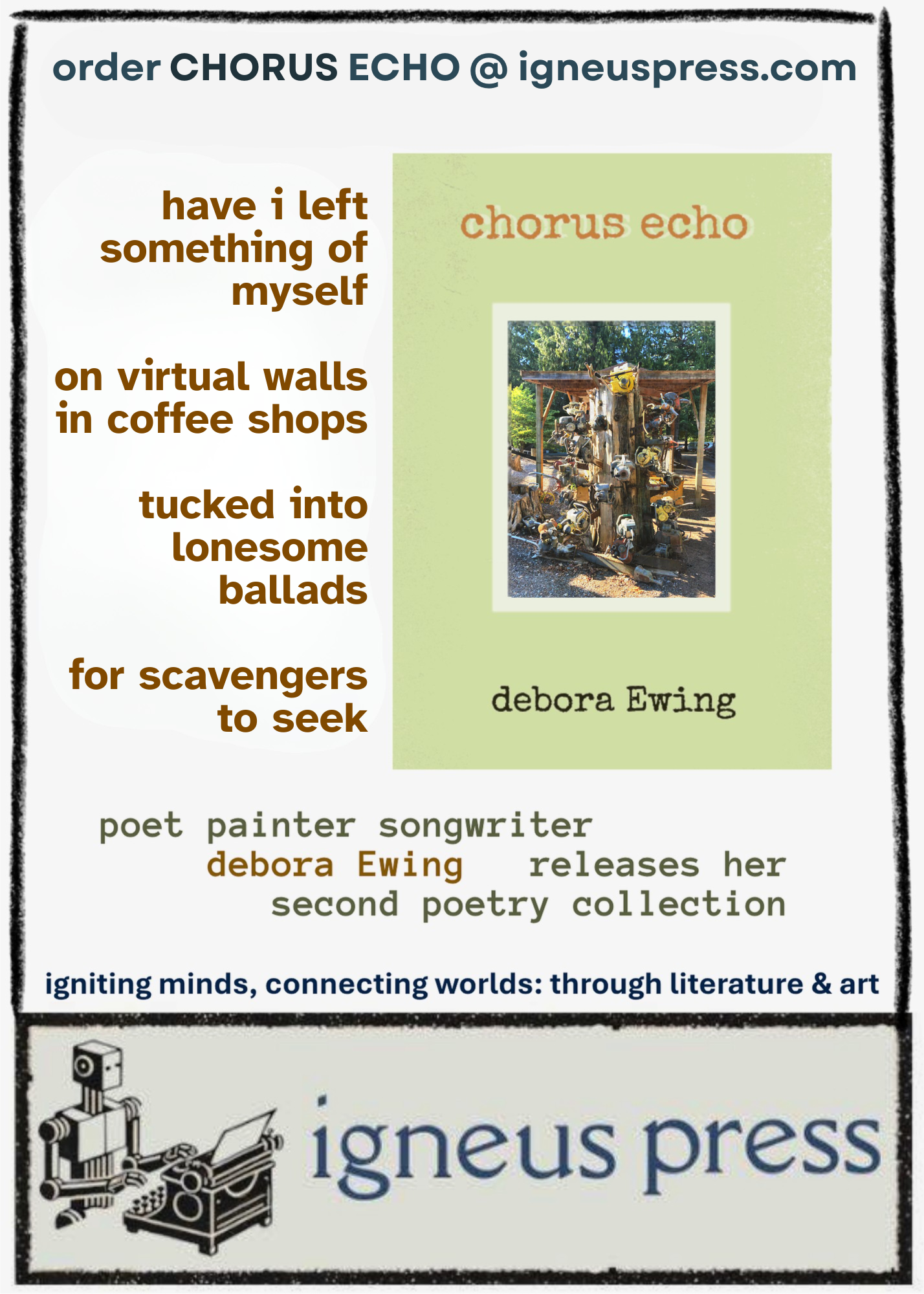VINYL – The Rise and Fall of Vinyl Records
 Vinyl is over. Some of you might remember vinyl records in their first iteration, when they weren’t just an option—they were the only medium available for commercial recorded music. When you went to the record store, they had, what else? Records—black, plasticky platters, first as 78 rpm discs and later as either little 45 rpm or large 33⅓ rpm records. The big ones were the best, because they not only gave you a dozen or so songs, but they also came with large protective covers featuring wonderful artwork and occasionally some insightful—or even mysterious—writing related to the music and the artists.
Vinyl is over. Some of you might remember vinyl records in their first iteration, when they weren’t just an option—they were the only medium available for commercial recorded music. When you went to the record store, they had, what else? Records—black, plasticky platters, first as 78 rpm discs and later as either little 45 rpm or large 33⅓ rpm records. The big ones were the best, because they not only gave you a dozen or so songs, but they also came with large protective covers featuring wonderful artwork and occasionally some insightful—or even mysterious—writing related to the music and the artists.
Vinyl had a good run, but the next technological shift began in the mid-’60s with the 8-track tape. Bulky and unwieldy, but in 1965, when Ford introduced a combination radio and 8-track tape player, it meant that—for the first time—you could bring your own music on the road, something not possible with vinyl.
In the ’70s, the 8-track gave way to the cassette tape, as car manufacturers made cassette players standard. Then in 1979, Sony introduced the Walkman. Walking, jogging, or driving—your music was with you. Quickly, cassettes ruled the music distribution market.
Cassettes had two virtues: they were convenient and they were cheap. Unfortunately, you sometimes get what you pay for, and while the price was good, the sound quality was not. In the grand spirit of capitalism, cheap won out. Besides, most people weren’t really listening to music—as in, sitting down and paying close attention to the lyrics and musicianship. Mostly, it was background music while we did something else.
Like many people, I still have lots of cassettes with great music from the 1980s and beyond, up until CDs killed them off. Unfortunately, the sound quality is so poor that I won’t play them on my radio show. While most of that music has been re-released on CD or now digitally, there are still a few gems that haven’t made the transition.
As mentioned, the rise of compact discs in the 1990s heralded the demise of the cassette. The sound quality was far superior (vinyl zealots will tell you it’s too good—too artificial compared to vinyl—so maybe cassettes are destined for a comeback as well), and you no longer had to worry about those 1/8-inch (actually 0.15 inches or 3.81 mm) ribbons of tape streaming out of the plastic case in a tangled mess.
The latest media development is, of course, digital. Digital fundamentally changed the music business. It’s not just that artists can’t sell CDs anymore—which significantly impacts their livelihoods—but the way music is delivered to listeners is entirely different. Digital music, coupled with our internet-connected world, gave rise to streaming services that provide access to a seemingly unlimited catalog of music. It also allowed for the removal of the human element. No longer does someone need to put a record on a turntable or insert a CD into a player—music can now be played by a software program and/or selected by an algorithm. No DJ or human intervention required.
The merits—or lack thereof—of this new world can and have been argued endlessly. The return of vinyl is, at least in part, a reaction to this digital landscape. Vinyl is a tactile experience. You hold it in your hands, slide the platter out of its sleeve, and place it on your turntable. This creates an experience beyond just sound quality or musical characteristics. The return of vinyl is also the return of the human element.
Of course, there’s another facet to the human interest in vinyl. Not everyone who buys vinyl does so for the musical experience. According to a survey by the entertainment analytics company Luminate, only 50% of people who bought a vinyl record actually owned a record player. For many, vinyl is more a collector’s item than a musical medium. If the medium is the message—as Marshall McLuhan told us in 1964—then the message is hanging on the wall… and not a subway wall.
I started by saying that vinyl is over. Why? Because when any phenomenon goes really mainstream then the cool people, the hip people have already moved on. Or as Yogi put it “No one goes there anymore, it’s too crowded.” So when I walked into Walmart and saw a huge display of vinyl records for sale that suggested to me that vinyl has peaked and it will soon recede back to a niche thing. And you can write that on the wall.
Ron Cooke is the author of a book of short stories and poems entitled Obituaries and Other Lies (available at Amazon); writes a well-received blog (ASSV4U.com/blog); and hosts a weekly radio show called Music They Don’t Want You to Hear on KTAL-LP in Las Cruces, NM. He is also a founding director of A Still Small Voice 4U, a not for profit supporting arts, culture and community that presents folk concerts, sponsors artists, festivals and community groups. Ron is an avid cyclist, racer, blogger, sculptor and ne’er-do-well.







